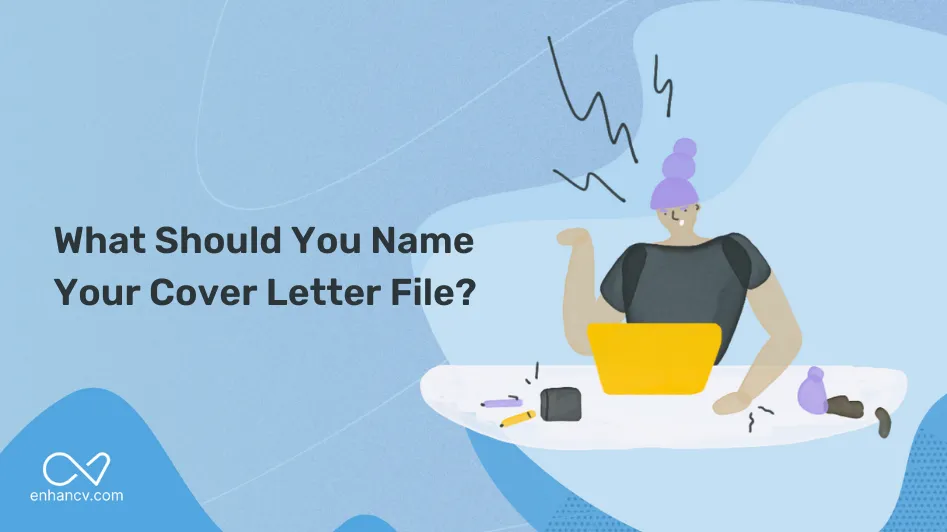Why a Cover Letter Matters
In today’s competitive job market, a well-crafted cover letter can be your secret weapon. While your resume provides a snapshot of your experience and skills, a cover letter allows you to tell your story, express your personality, and demonstrate your genuine interest in the specific role and company. It’s your opportunity to make a strong first impression and convince the hiring manager that you’re the perfect fit. A cover letter is more than just a formality, it is your chance to showcase why you, and not other candidates, are the right choice.
The Purpose of a Cover Letter
The primary purpose of a cover letter is to introduce yourself to a potential employer and provide context to your resume. It highlights your most relevant skills and experiences, aligning them with the specific requirements of the job. Furthermore, a cover letter should demonstrate your understanding of the company and the role, showcasing your research and enthusiasm. It’s not a mere summary of your resume; it’s a persuasive argument for why you deserve an interview. A well-written cover letter should provide details that are not on your resume, and it should highlight the accomplishments you are most proud of.
Key Elements of a Cover Letter
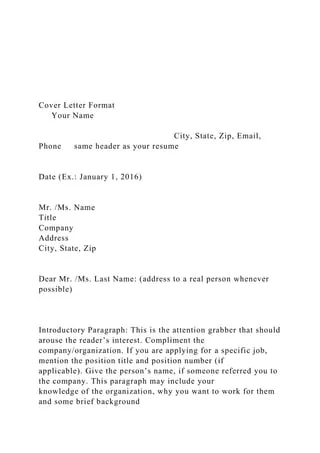
A winning cover letter comprises several key elements, each playing a crucial role in capturing the reader’s attention and conveying your qualifications. These elements work together to present a cohesive and compelling narrative. From the salutation to the closing, every part should be meticulously crafted to maximize your chances of success. Remember to tailor each element to the specific job you’re applying for, ensuring that your letter resonates with the hiring manager.
Contact Information
Start with your contact information at the top of the letter. Include your name, phone number, email address, and optionally, your LinkedIn profile URL. This makes it easy for the hiring manager to reach you. Ensure your email address is professional and use a clear, easy-to-read font for all contact details. Make sure all the information is accurate so that there are no hiccups when the hiring manager wants to contact you.
Salutation
Address your letter to a specific person whenever possible. Research the hiring manager’s name and title. If you can’t find a specific name, use a general salutation like “Dear Hiring Manager” or “Dear [Company Name] Team.” Avoid generic greetings like “To Whom It May Concern” as they can make your letter feel impersonal. Using the person’s name gives a more personal touch, which can give you an edge.
Opening Paragraph: Grab Attention
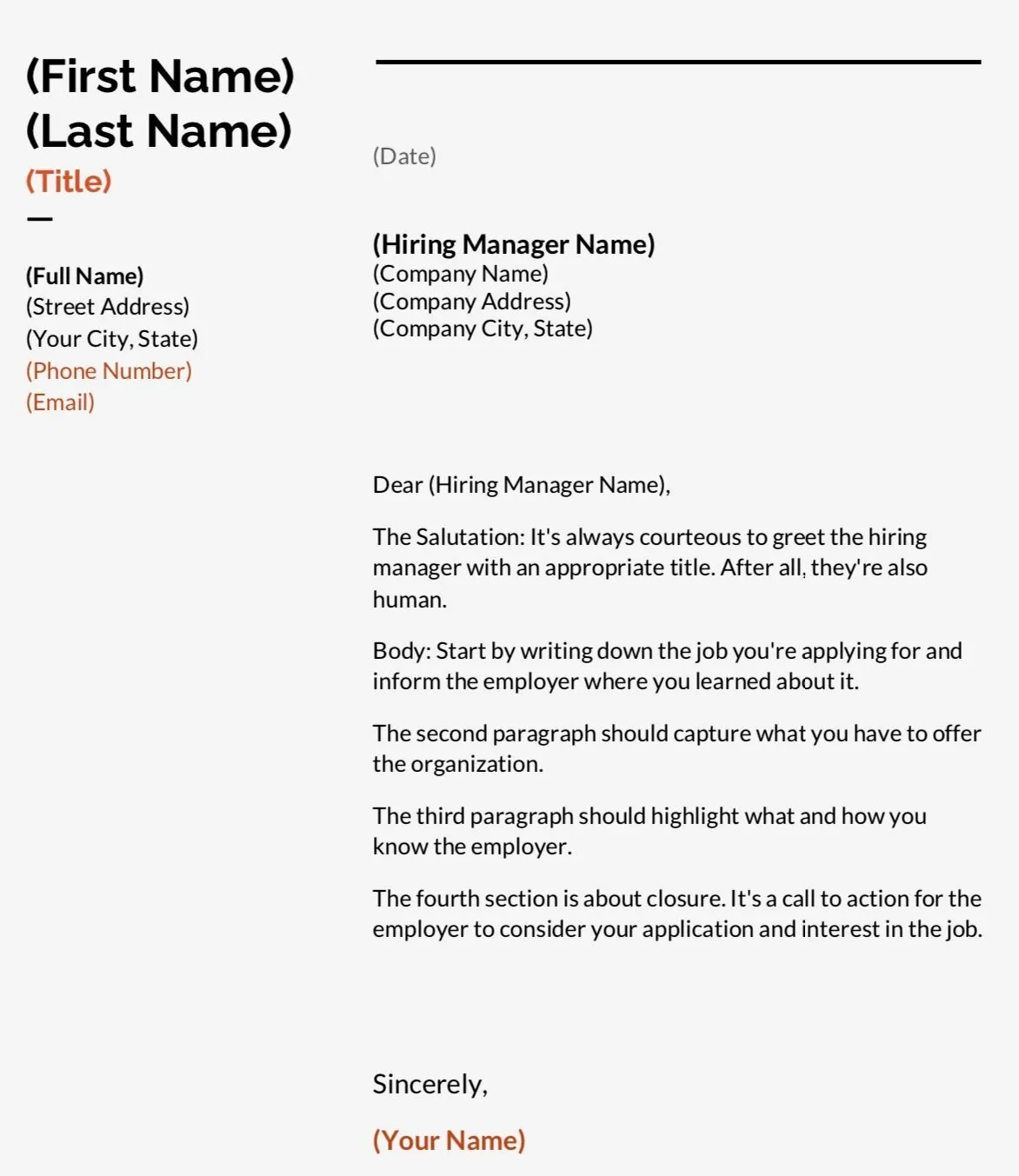
Your opening paragraph is your first chance to make a strong impression. Start with a hook that grabs the reader’s attention. Briefly state the position you’re applying for and how you learned about it. Consider including a compelling statement about why you’re interested in the role or the company. This is your opportunity to make a strong first impression by immediately engaging the reader and making them want to learn more about you and your qualifications for the role.
Highlight Relevant Skills
In the body of your letter, highlight the skills and experiences that align with the job requirements. Analyze the job description and identify the key skills and qualifications the employer is seeking. Provide specific examples from your previous roles where you demonstrated those skills. Tailor each example to show the hiring manager how your skills and experiences can benefit the company. Quantify your achievements whenever possible to make your accomplishments more impactful and persuasive.
Quantify Achievements
Whenever possible, quantify your achievements to demonstrate the impact you’ve made in previous roles. Use numbers and data to showcase your accomplishments. For example, instead of saying “Increased sales,” say “Increased sales by 15% in six months.” Quantifying your achievements provides concrete evidence of your skills and abilities, making you a more compelling candidate. Quantifiable achievements prove your value and provide tangible examples of your impact.
Showcase Company Research
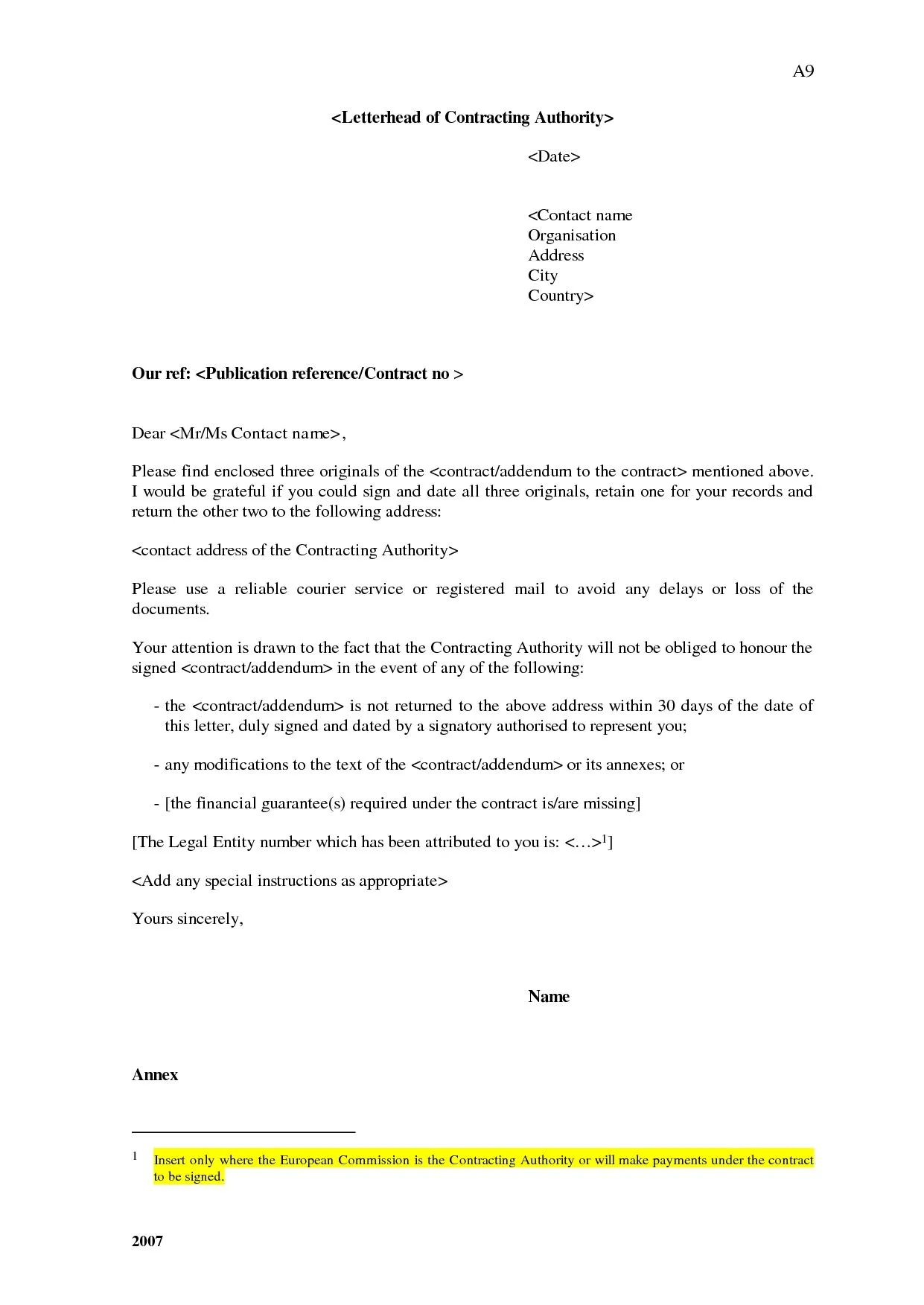
Demonstrate that you’ve researched the company and understand its mission, values, and culture. Explain why you’re interested in working for that specific company and how your goals align with theirs. Mention any company initiatives or projects that resonate with you. Showing that you’ve done your homework demonstrates your genuine interest and commitment to the company. Researching the company shows your commitment.
Express Enthusiasm for the Role
Convey your enthusiasm for the role and the opportunity to contribute to the company’s success. Explain why you’re excited about the position and what you hope to achieve. Your enthusiasm can be contagious and make you a more memorable candidate. Your passion for the job will show the employer that you are motivated to work in the role and will put forth the necessary effort to be successful.
Closing Paragraph: Call to Action
In your closing paragraph, reiterate your interest in the position and express your enthusiasm for the opportunity to discuss your qualifications further. Include a call to action, such as “I am eager to discuss how my skills and experience can benefit your team. Thank you for your time and consideration.” Be sure to thank the hiring manager for their time and consideration. End with a professional closing, such as “Sincerely” or “Best regards.” Leave your contact information, in case they have misplaced your details.
Formatting Your Cover Letter for Success
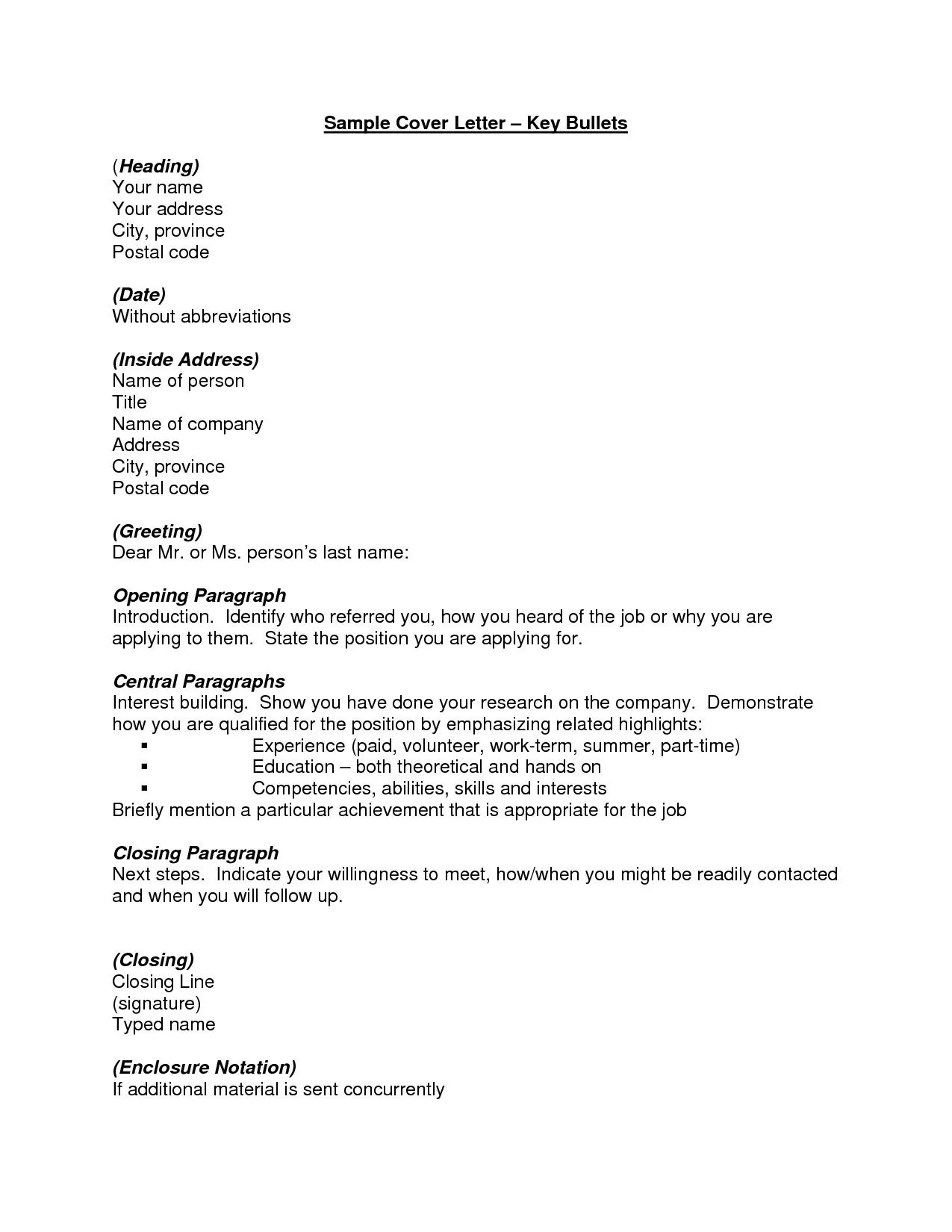
Proper formatting is essential for making your cover letter easy to read and visually appealing. It reflects your professionalism and attention to detail. Clean and organized formatting ensures that your message is easily accessible and effectively communicated. It also contributes to a positive first impression and increases the likelihood that your letter will be read and considered seriously. Formatting is key to showing the employer you have the attention to detail required for the role.
Font and Font Size
Choose a professional and easy-to-read font such as Times New Roman, Arial, or Calibri. Use a font size between 10 and 12 points. Ensure that the font is consistent throughout the document. Avoid using overly ornate or unusual fonts, as they can be distracting. Consistency in font will enhance readability and make a good impression.
Margins and Spacing
Use standard margins of 1 inch on all sides of your cover letter. Double-space between paragraphs to improve readability. Ensure there is adequate spacing between sections to create a clean and organized look. Proper spacing makes the letter less cluttered, allowing the reader to easily follow the flow of information. A well-formatted cover letter is more professional and easier to read.
Proofreading and Editing: The Final Check
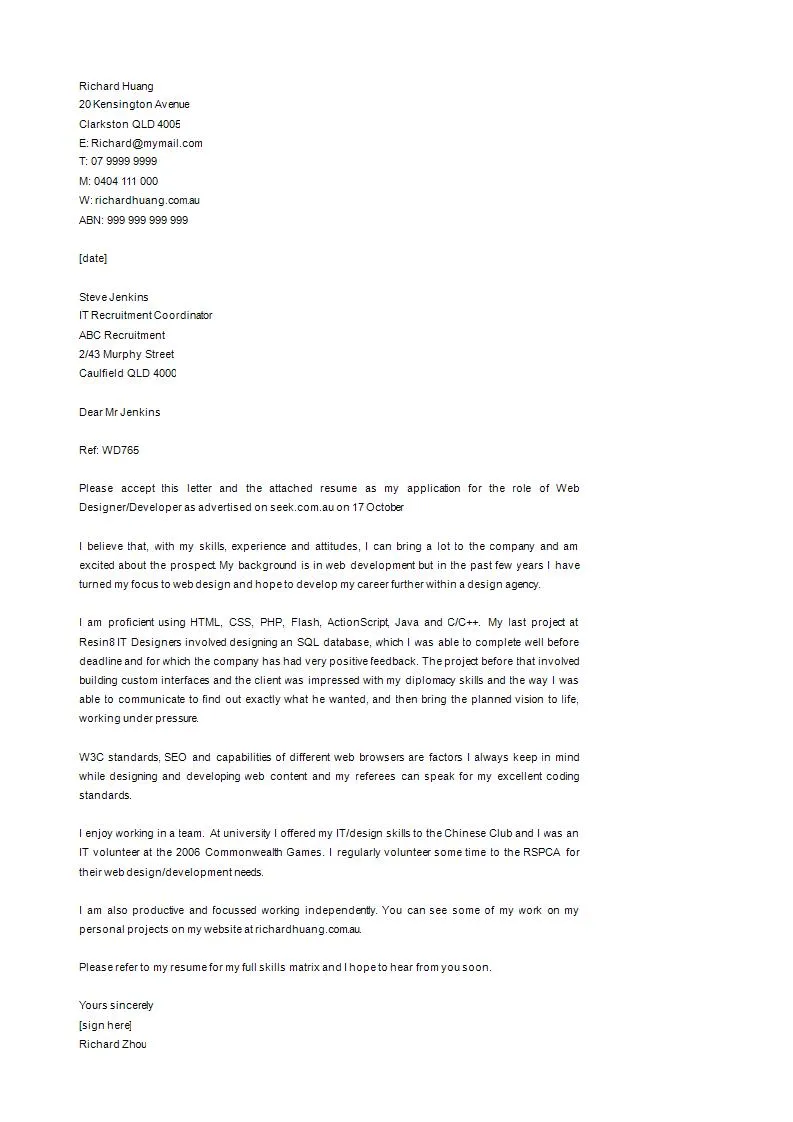
Before submitting your cover letter, proofread it carefully for any typos, grammatical errors, or formatting inconsistencies. Read it aloud to catch any awkward phrasing or sentence structure. Have a friend or family member review it as well. A polished cover letter demonstrates attention to detail and professionalism. Correcting all errors will ensure that your letter represents you in the best possible way and increases your chances of success.
Cover Letter Examples by Industry
Cover letter content should be tailored to the specific industry and role. Using industry-specific language and showcasing relevant experience are critical. Here are some examples to guide you, keeping in mind that these are templates and require personalization. Tailor these to your experience.
Tech Cover Letter Example
In a tech cover letter, focus on technical skills and projects. Highlight your experience with specific technologies, programming languages, and tools. Quantify your accomplishments whenever possible, such as “Increased website traffic by 20%” or “Reduced server downtime by 15%.” Showcase your understanding of the tech industry and your passion for innovation. Keep the tone professional and results-oriented.
Marketing Cover Letter Example
A marketing cover letter should highlight your marketing skills and achievements. Showcase your experience with marketing campaigns, social media, and content creation. Include metrics to demonstrate the success of your campaigns. Mention your understanding of current marketing trends and your ability to drive results. Tailor your letter to showcase how your skills align with the specific marketing challenges and opportunities the company faces.
Finance Cover Letter Example
For a finance cover letter, emphasize your financial expertise and experience. Highlight your understanding of financial statements, budgeting, and analysis. Mention any relevant certifications or licenses. Showcase your attention to detail, analytical skills, and your ability to make sound financial decisions. Demonstrate a strong understanding of financial principles and your commitment to accuracy and financial integrity.
Common Cover Letter Mistakes to Avoid
Avoid common cover letter mistakes that can undermine your application. These errors can negatively impact your chances of getting an interview. By being aware of these pitfalls, you can improve your cover letter and increase your chances of success. Proofreading is key to ensuring that you have avoided these mistakes.
Generic Opening Phrases
Avoid using generic opening phrases like “To Whom It May Concern” or “I am writing to apply for the position of…” These phrases are impersonal and can make your letter feel generic. Instead, use a personalized greeting, such as the hiring manager’s name, and begin with a strong opening statement that highlights your interest in the role. Make your cover letter stand out by personalizing it to show your genuine interest in the specific job.
Lack of Personalization
Don’t send a generic cover letter that could apply to any job. Tailor your letter to the specific role and company. Research the company, mention specific projects or initiatives that interest you, and highlight how your skills and experience align with the job requirements. Personalization demonstrates your interest in the company and shows that you’ve invested time and effort. This will help you stand out from other candidates.
Typos and Grammatical Errors
Typos and grammatical errors are a major turnoff for hiring managers. Proofread your cover letter carefully before submitting it. Use a grammar checker and have someone else review it as well. A polished, error-free cover letter demonstrates attention to detail and professionalism. This is one of the easiest mistakes to avoid, but it is one of the most damaging.
Cover Letter FAQ
Here are some frequently asked questions about cover letters.
- What should I include in a cover letter?
- How long should a cover letter be?
- Should I use a template for my cover letter?
- How do I address a cover letter if I don’t know the hiring manager’s name?
By following the guidelines outlined in this article, you can create a winning cover letter that effectively showcases your skills, experiences, and enthusiasm. Remember to tailor each letter to the specific job and company and always proofread carefully before submitting. Good luck with your job search!
